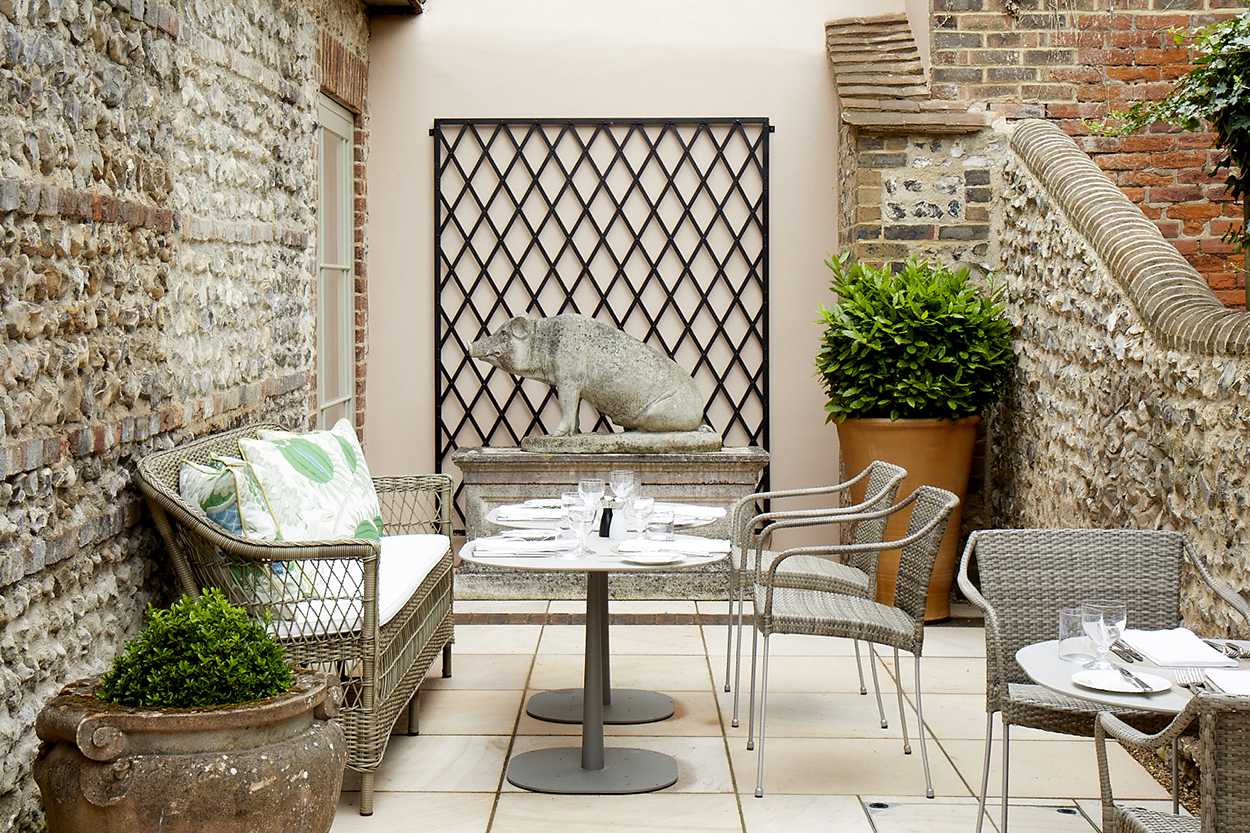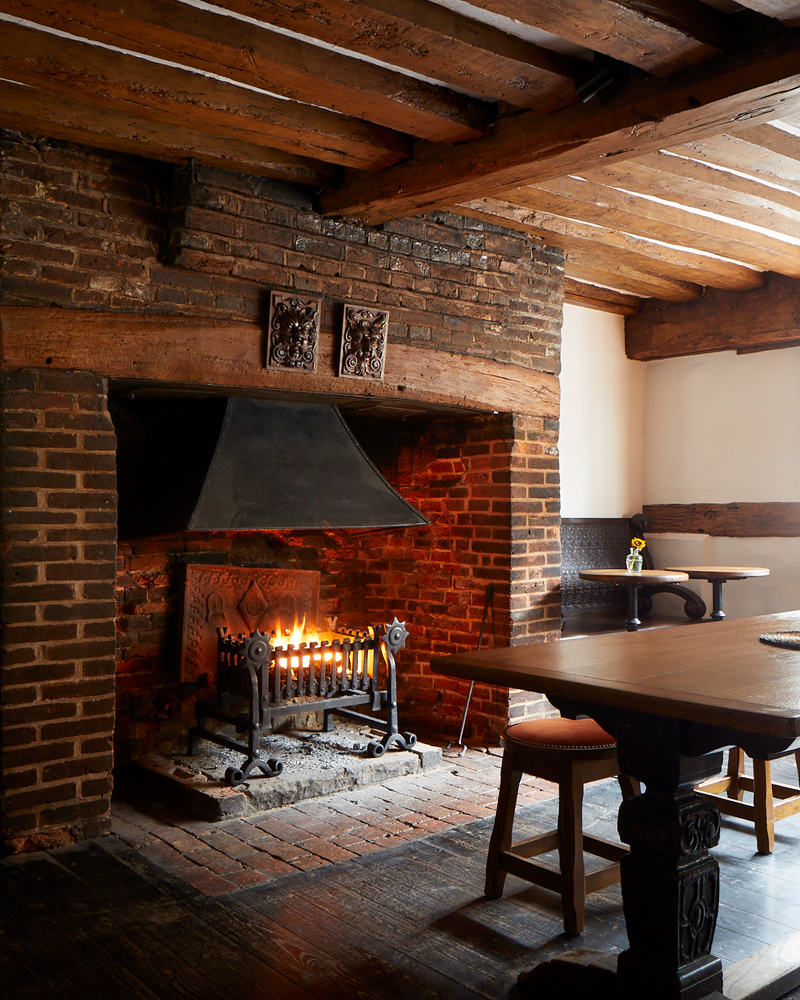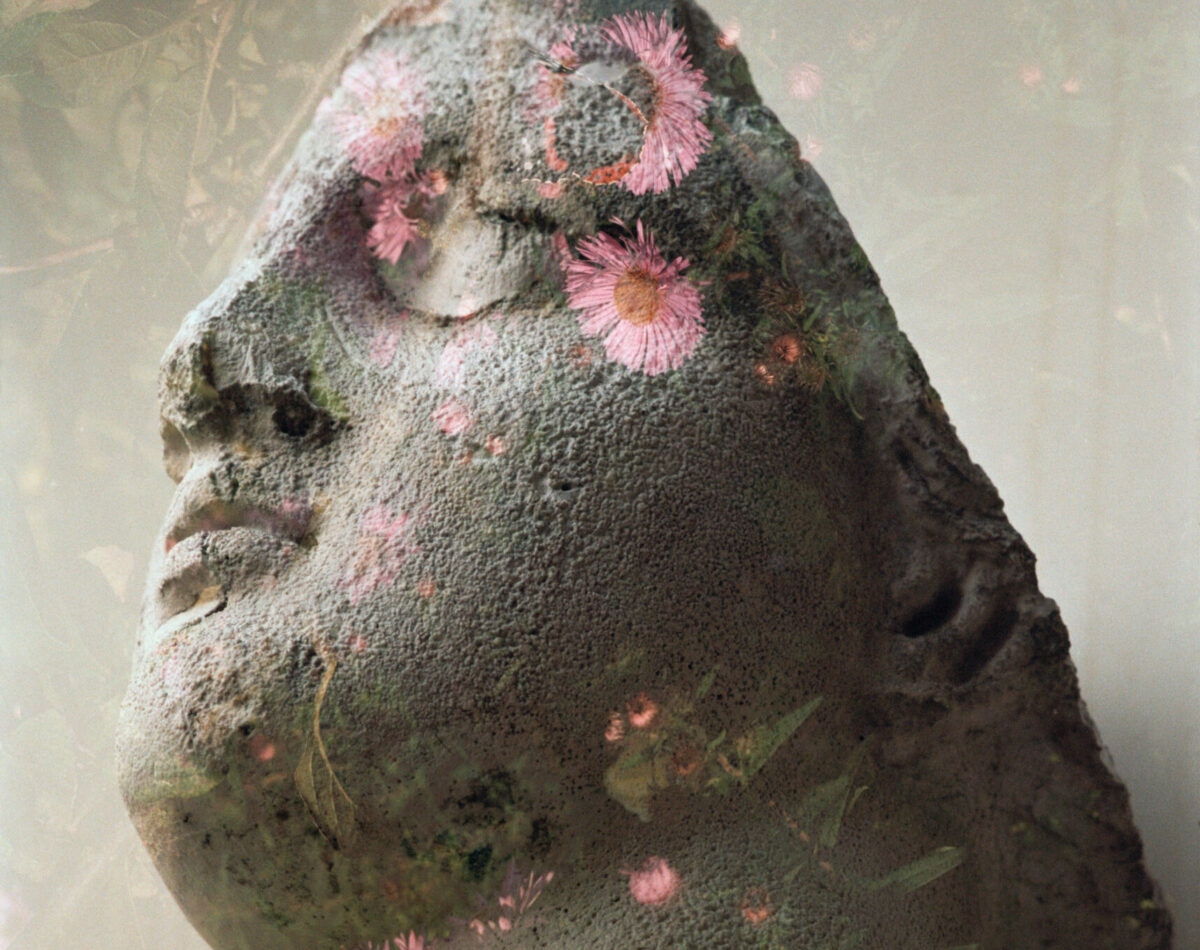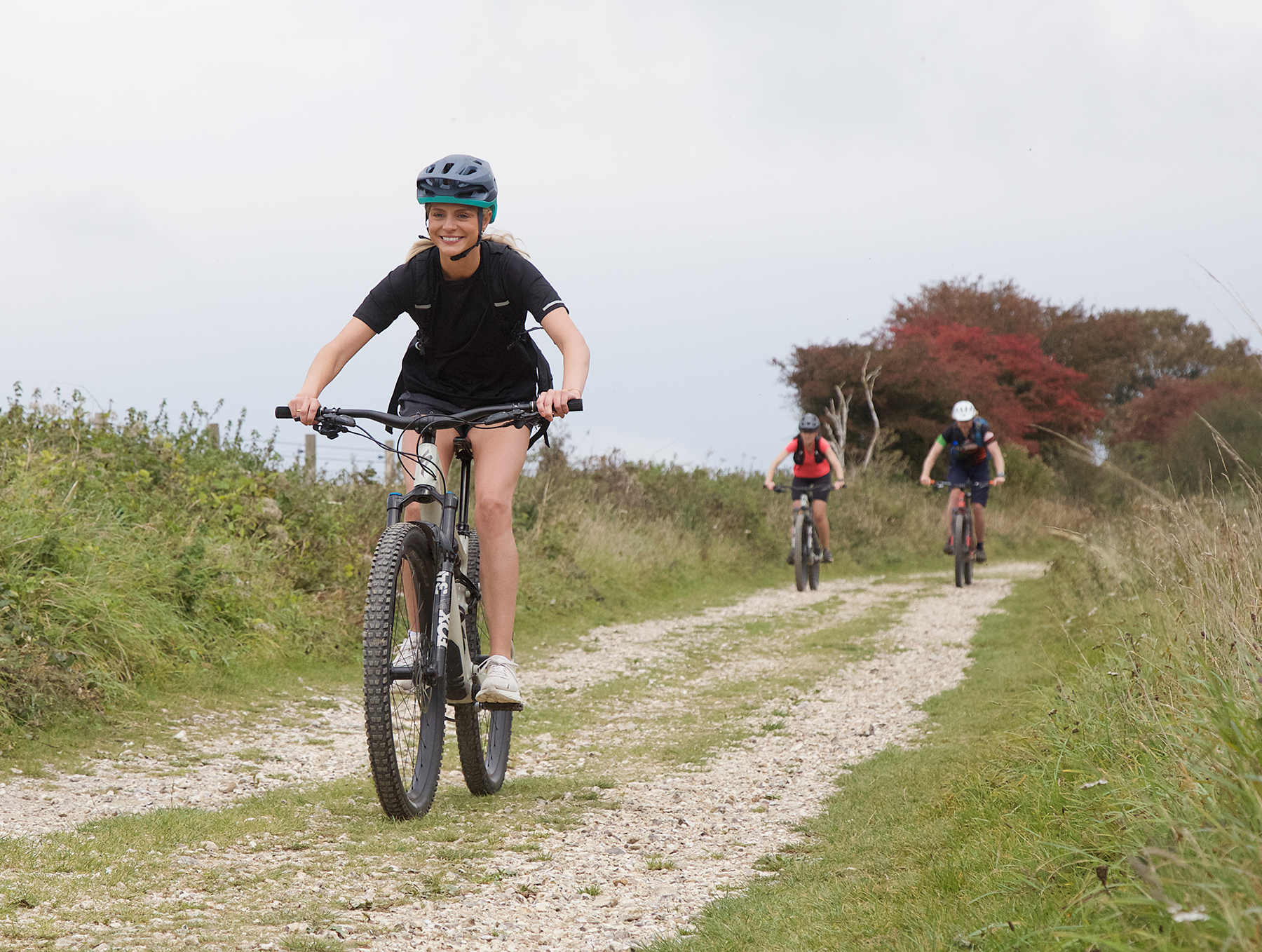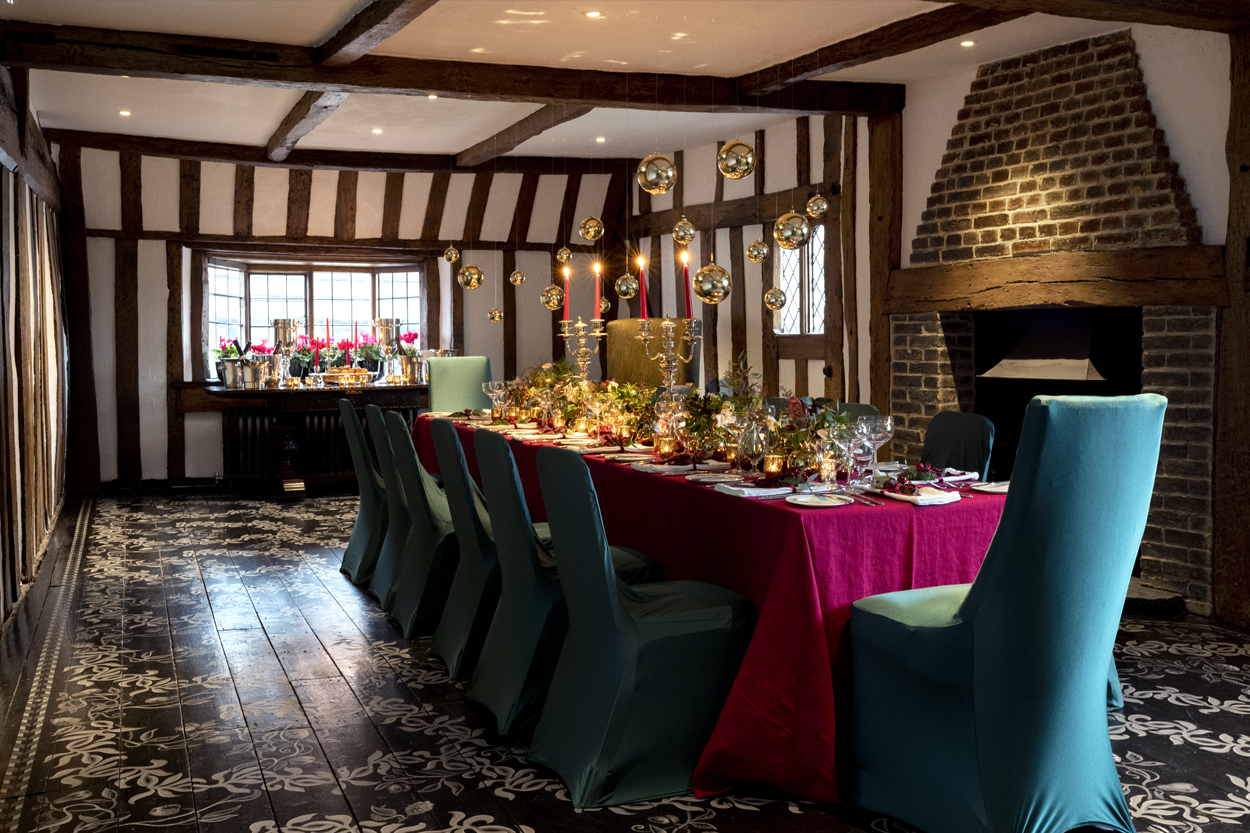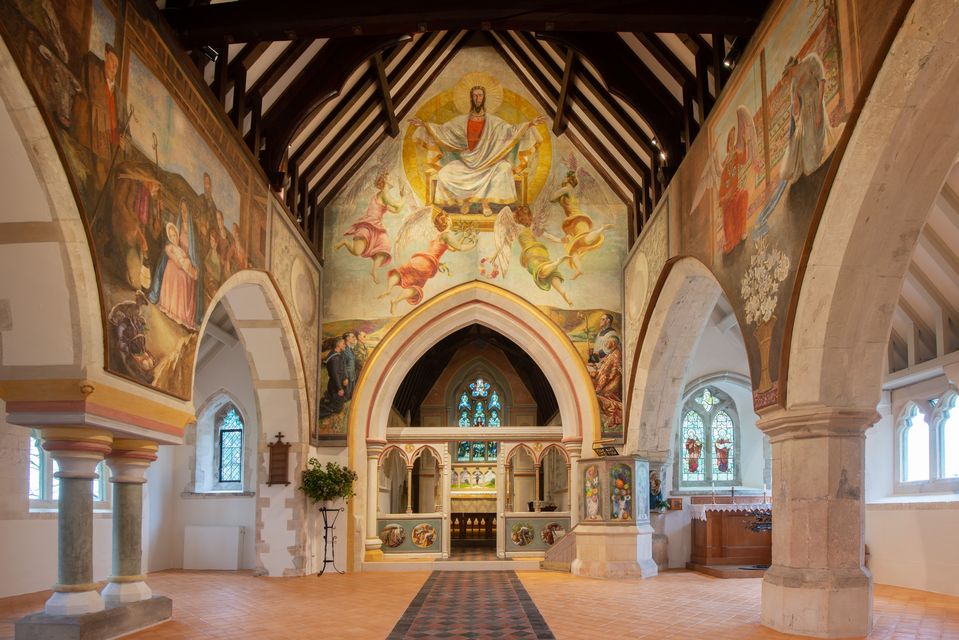The Endsleigh Gardener: To me the garden had become more romantic than ever in its abandonment by Ben Ruscombe-King (April 2019)
Last week, I went to Endsleigh again. I paused for a moment by the entrance, for the way was barred to me. There was a sign standing in the drive: “closed due to COVID-19”.
I pushed my way through the shaggy, unkempt hedge into the garden of the uninhabited lodge. The garden, untouched for several months, was dishevelled without the human touch. Delphiniums unstaked leant drunkenly on their more sturdy companions, the rose arch hung with faded blooms, uncut grass flopped into the borders, and the boundaries had become blurred as weeds had crept in from the surrounding countryside. Statues peeped out from their hiding places in the overgrown borders and it seemed to me the garden had become more romantic than ever in its abandonment, caught in this moment between cultivated and wild. It seemed to capture the fleeting, bittersweet nature of human influence.
The drive wound away from me, twisting and turning as it always had and as I advanced it seemed narrower than when I left. The rhododendrons and laurel, usually pruned by the trucks of delivery drivers, had begun to venture out from the safety of the woods on either side. Venerable old trees, surrounded by bracken untouched by bothersome gardeners, popped their heads up from the valley below. Grass allowed to reach maturity hung down over the verges, whilst crisp magnolia leaves mounded themselves along the outer walls of the garden and gathered in the gateways to accentuate the lack of human activity, further adding to a sense of mystery.
The paths in the Dell and Georgies were overhung with unpruned rhododendron and camellia and occasionally the way was blocked by a fallen tree. The recently introduced plantings along the streamside had already been infiltrated by grass and wildflowers, making them appear artfully integrated within the landscape, yet in reality only a short time from being overwhelmed and obliterated. The waterfall crashed over the rockface below the rockery, whilst the stream in front of it barely trickled without a human hand to mediate between them. It became apparent to me that the way we garden at Endsleigh is very fragile – trying to hold onto that moment between artifice and wilderness, civilisation and chaos, discovery and loss – easily swung in one direction or another by too little intervention, or indeed too much.
The formal gardens around the house were almost orderly thanks to the heroics of Jack, the only member of the gardens team not furloughed during lockdown, though the wisterias and vines were making triffid-like attempts to colonise the house and a lack of staking and Chelsea chopping in the main border left it looking perhaps more relaxed than intended. The bindweed that normally lurks at the back of the border, unnoticed by anyone other than embarrassed gardeners and eagle-eyed visitors, now flowered atop unwelcoming shrubs. Weeds, taking advantage of the lack of activity, popped their heads from the paths. Wildlife, too, had recolonised the garden, phlox neatly cut to the ground by rabbits, the lawn pockmarked by molehills and a deer quietly grazing the main lawn before leaping the fence as I approached.
When we were so rudely evicted by the pandemic at the end of March, the gardens were shaping up for their spectacular spring display. Unable to resist, I snuck back for my daily exercise during the peak and was duly rewarded with a dazzling array of rhododendrons and azaleas, jostling with magnolias and late camellias above banks smothered in wild flowers – probably the best show I’ve seen at Endsleigh during my tenure. This scene, usually so full of hope and promise, was tinged with no little sadness from the knowledge that hardly anyone would witness it and the realisation that this connection with others is to some extent why we do what we do. The garden exists to elicit an emotional response, it is nothing without witness.
We have now been working hard for a couple of weeks to bring the garden back from the brink. The borders, whilst by no means perfect, still have much to offer, with the late summer flowerers such as helenium, eupatorium and penstemon already well underway and the lupins and delphiniums about to offer up a second flush. There will, then, be plenty of colour throughout the summer, even if some of it is perpendicular rather than horizontal. The parterre, single-handedly planted by Jack in May, is filled with Salvia horminium and looking stunning. The climbers on the house have been tamed and deadheaded and will hopefully offer some more blooms and scent this year, and the Dell has transformed from jungle to…..er, slightly more controlled jungle, with giant Gunnera manicata dominating the landscape.
The only thing now needed to bring the garden fully back to life is visitors, filled with curiosity, with wonder and with adventure. I am very excited to welcome everyone back and look forward to seeing the garden populated once more.
With apologies to Daphne du Maurier


